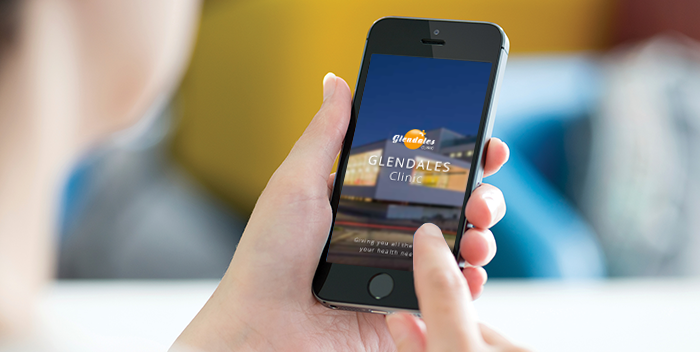With greater emphasis being placed on patient engagement, it is becoming increasingly more evident that healthcare organizations stand a lot to gain from extending care to their patients, beyond just hospital visits. In order to develop continuous, long-term relationships with their patients, health organizations need to be more accessible to them.
On examining what makes established health organizations successful, it isn’t hard to see that they are thriving largely because they prioritize and anticipate the needs and wants of their patients. Understanding pain-points and being able to provide a satisfactory healthcare experience (even before assisting with their health condition) creates a strong impression with your patients.
Unfortunately, patients aren’t necessarily getting the healthcare experience they want. An Accenture study showed that patients are switching healthcare providers in search of better customer service, which is a huge loss annually (on an average $100 million) for health organizations.
While technology in healthcare may be more commonplace now, there is a pressing need to align the multitude of channels to streamline communication and patient care in order to make it an effective addition to your health organization.
Fragmented solutions aren’t going to help your patients or organization
Appointment booking, a patient portal or an online health records system are examples of the popular online tools that health organizations are introducing to their patients. However, owing to little or no communication between these channels, patients are still left wanting when it comes to effective engagement.
The lack of integration between these different platforms and the disconnect from existing treatment workflows are reasons why patients switch care providers.
Added to this, introducing new solutions like telemedicine, e-visits, online billing and prescriptions potentially can fragment communication between provider and patients further if not integrated into a common platform that allows for comprehensive health data to be available across the platform to both providers and patients.
Mobile apps as an integrated solution for continuous, collaborative care

Your healthcare organization can hugely benefit from leveraging on the increased dependency your patients have on their mobile phones for information and communication. Having a custom mobile application would, therefore, ensure you are accessible to your patients at a click of a button.
Here’s why this might be the simplest (yet most powerful) solution you could be providing your patients-
- Improving patient engagement
Mobility gives health organizations the opportunity to deliver the best quality patient care. Mobile apps that link all patient services, like appointments, consultations, health records etc. make it user-friendly and easier for patients to use to stay in touch with your organization.
2. Secure channel of communication
Given the sensitive nature of health communication, a personal mobile app specifically designed for provider-patient communication is safer than email, instant messaging or social media.
2. Empowering patients by understanding their needs
 According to a 2016 study conducted by Accenture, what patients want most from their provider’s mobile apps are-access to their health records, ability to book and change appointments and the ability to request prescription refills. In short, patients are looking for ways to reduce the need for repeated hospital visits. A mobile app offers a solution that is mutually beneficial to you and your patients.
According to a 2016 study conducted by Accenture, what patients want most from their provider’s mobile apps are-access to their health records, ability to book and change appointments and the ability to request prescription refills. In short, patients are looking for ways to reduce the need for repeated hospital visits. A mobile app offers a solution that is mutually beneficial to you and your patients.
3. Personalization with technology
Being able to send notifications to your diabetic patients about a health camp or sharing information with heart patients about the latest medication can be done without worrying about SMS subscriptions and emails. With mobile apps, you are also assured this communication is seen by your patients and not lost within email inboxes.
4. Leveraging the latest technology
Besides automating administrative tasks like appointment scheduling and notifications, the mobile app is a powerful channel to utilize for telehealth technology. The ability to consult with their providers through a visual medium, while being able to share important health information means that your patients can get second opinions, follow-up care and refill prescriptions with their providers.
5. Making collaborative care a reality
An integrative platform for patient engagement and communication, connected to patient health records implies that your providers have all their patient information in one place, which is easily accessible to them. Being able to do so on a mobile app makes collaboration between providers even more possible and also offers better opportunities for coordination between affiliate health providers that your organization may be working with.